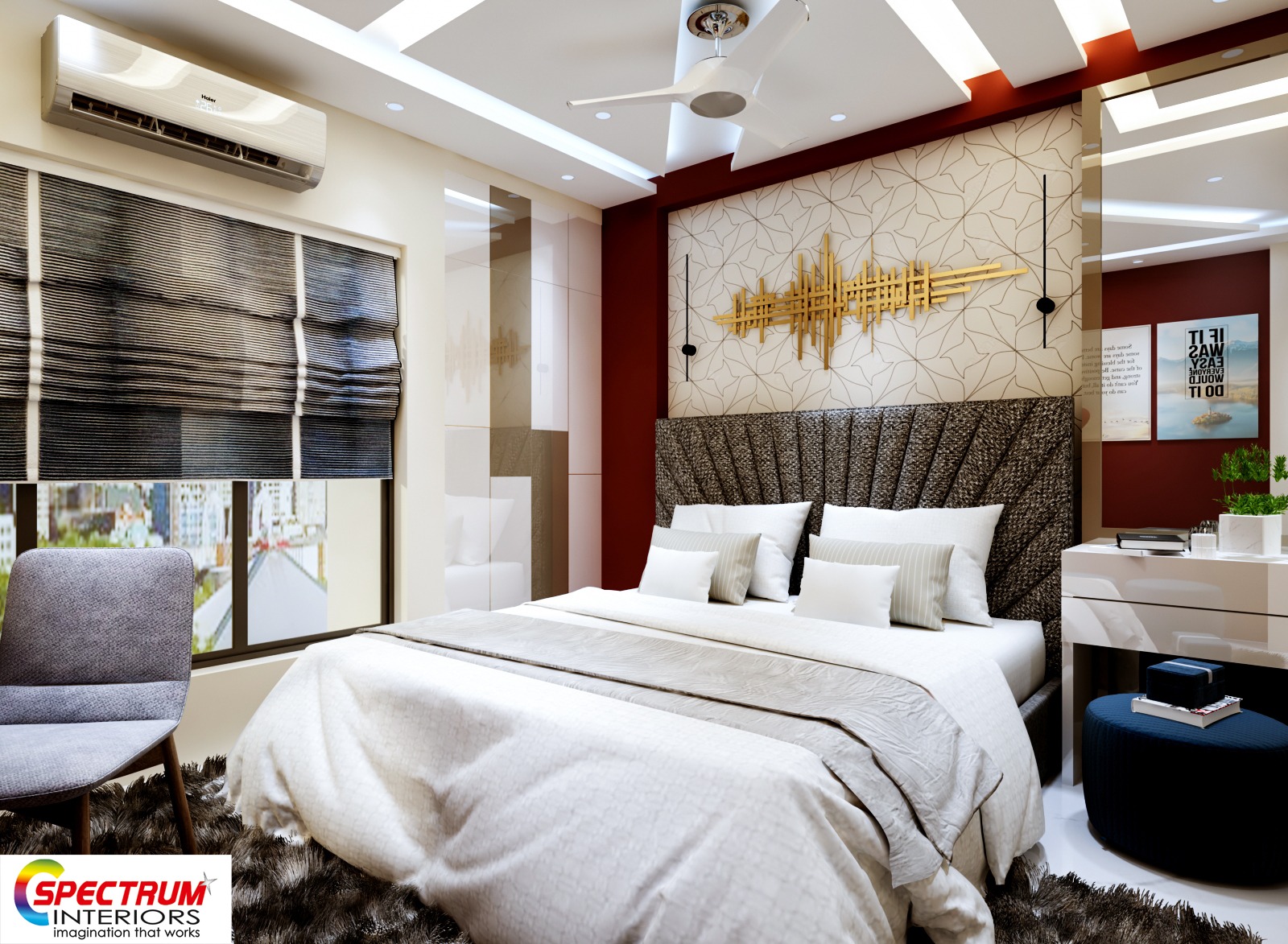Upgrade your space with timeless luxury interior design.
Upgrade your space with timeless luxury interior design.
Blog Article
Change Your Home With Important Principles of Inside Style and Aesthetics
The art of transforming your home through the vital concepts of indoor layout and looks requires a thoughtful approach that harmonizes shade, equilibrium, and spatial recognition. By recognizing the impact of color concept and the importance of structure and patterns, one can create rooms that are not just visually appealing however additionally deeply personal. Accomplishing this balance involves even more than mere decor; it encompasses a strategic arrangement and an eager understanding of exactly how each element communicates within an area. As we check out these fundamental principles, take into consideration how they may redefine your understanding of home and individual expression.
Recognizing Shade Concept
Understanding the principles of shade concept allows designers to produce areas that resonate mentally with passengers while fulfilling practical requirements. Each group plays a vital duty in developing consistency within a space.
The psychological effect of colors is profound; cozy tones such as reds and oranges stimulate power and heat, while amazing tones like blues and greens advertise calmness and peace. The usage of corresponding colors boosts aesthetic interest, developing striking contrasts that can raise a space's allure.
Neutral colors, on the other hand, serve as a flexible backdrop, allowing other style aspects to shine. It is necessary to take into consideration factors such as lights and the space's objective when selecting a shade combination, as these can alter the understanding of shades throughout the day.
Eventually, a well-considered color design can transform a space, fostering a feeling of convenience and style that aligns with the citizens' preferences. Mastery of shade theory is, therefore, a crucial skill for any type of indoor designer intending to produce harmonious and inviting atmospheres.
Accomplishing Equilibrium in Style
Just how can developers achieve a feeling of equilibrium in their rooms? Attaining balance in layout is basic to developing unified interiors.
Unbalanced balance, on the other hand, relies upon varying elements that still achieve a cohesive look. This method permits for more vibrant and informal setups, offering interest while keeping equilibrium. By carefully choosing varying dimensions, colors, and textures, developers can produce a visually compelling area that feels balanced yet energised.
Radial equilibrium stresses a central focal factor with elements emitting external. This style is generally seen in circular formats, where furnishings and style produce a cohesive border that draws the eye inward.
Ultimately, accomplishing balance calls for thoughtful factor to consider of range, percentage, and the connections in between elements. Architecture Firm. By skillfully applying these balance principles, developers can transform rooms into atmospheres that really feel both aesthetically pleasing and functionally harmonious, enhancing the total experience for occupants
Value of Spatial Understanding

A keen feeling of spatial understanding allows designers to identify prime focus within a room, assisting the viewer's interest to crucial attributes while keeping a general sense of unity. It also aids in the calculated placement of lighting, which can substantially affect the assumption of room and state of mind. In addition, recognizing spatial partnerships allows the designer to accommodate the specific demands of citizens, making sure that each area offers its see here desired function without jeopardizing appearances.
Eventually, spatial awareness is crucial for taking full advantage of the potential of any kind of interior room. By very carefully taking into consideration the interaction in between measurements, format, and feature, designers can develop atmospheres that not just meet sensible requirements but also stimulate a sense of comfort and beauty, boosting the overall living experience.
Integrating Appearance and Patterns
Embracing a varied series of appearances and patterns can substantially boost the visual and tactile my explanation charm of an indoor space. The critical use of different products-- such as timber, steel, textile, and stone-- produces depth and rate of interest, making a room really feel much more welcoming and dynamic. For example, incorporating smooth surfaces with rough structures can establish an equilibrium that attracts the eye and involves the detects.
When including patterns, take into consideration both scale and repeating. Large patterns can work as focal factors, while smaller sized, refined styles can complement various other elements without overwhelming the room. Layering patterns, such as pairing flower cushions with candy striped tosses, includes intricacy and a feeling of harmony if executed thoughtfully.
It is additionally critical to preserve a natural color palette, ensuring that appearances and patterns collaborate instead of contend for interest. By selecting a couple of essential appearances and patterns, you can develop a merged visual that reflects your individual design while enhancing the overall setting of the space. Eventually, the mindful consolidation of these elements can transform a mundane area right into a sophisticated atmosphere rich with personality and heat.
Individualizing Your Space
Producing an area that mirrors your personality is essential to attaining an absolutely inviting environment. Customization in interior design enables you to infuse your one-of-a-kind style and interests into your home, changing it from a mere shelter into a shelter that talks with that you are. Begin by choosing a shade scheme that reverberates with your emotions-- vibrant shades can stimulate, while soft tones provide serenity.
Incorporate artwork and decor that reflect your passions, whether it be traveling, nature, or abstract principles. Displaying personal collections, such as publications, photos, or mementos, can stimulate cherished memories and develop centerpieces within a space. Additionally, consider personalizing functional items, like upholstered look at this web-site furnishings, to align with your visual choices.

Final Thought
To conclude, the improvement of a home through the necessary concepts of indoor design and aesthetic appeal demands an extensive understanding of color theory, equilibrium, spatial awareness, texture, and customization. Each component contributes significantly to developing an unified and useful living atmosphere - miami interior design. By attentively incorporating these principles, people can improve the aesthetic appeal and emotional resonance of their areas, eventually cultivating a home that shows one-of-a-kind identities while providing comfort and practicality
Report this page